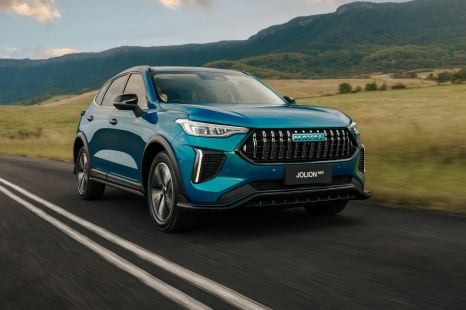

Max Davies
2026 GWM Haval Jolion price and specs
1 Day Ago

Journalist
The second-generation Nissan Juke has been given a five-star safety rating from ANCAP.
In ANCAP testing, the Juke scored 94 per cent for adult occupant protection, 87 per cent for child protection, 81 per cent for vulnerable road user protection, and 71 per cent for safety assist.
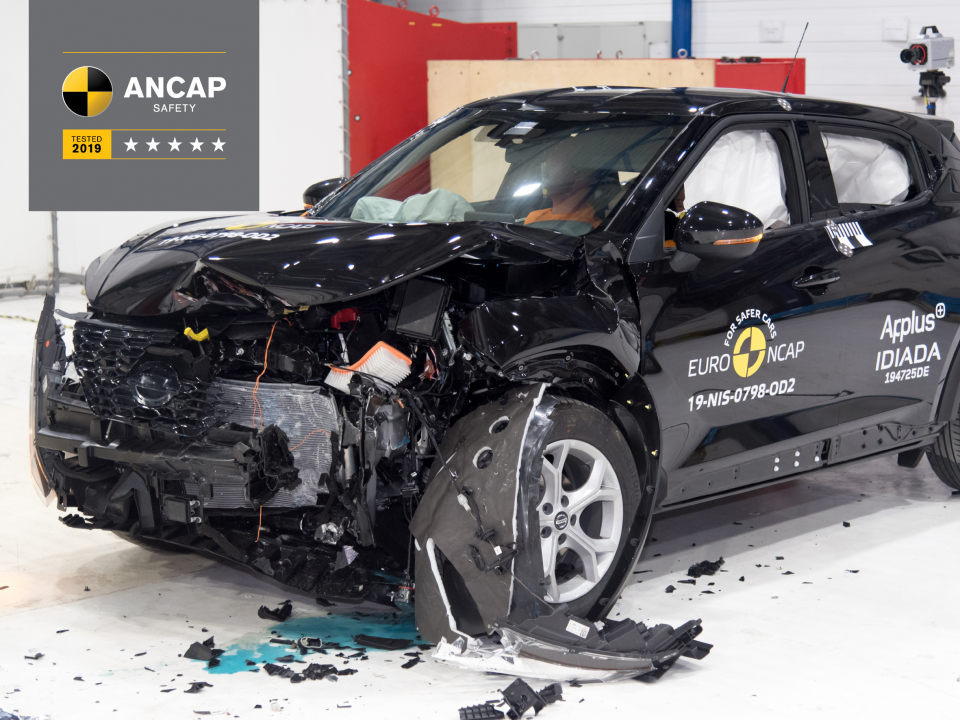
“The safety of those outside the vehicle has also been considered in the design and specification of the Juke, with the front bumper providing good protection to the legs and pelvis of pedestrians, and its autonomous emergency braking function able to detect and avoid or mitigate collisions with pedestrians and cyclists across a range of speeds and scenarios,” said Rhianne Robson, ANCAP head of communications and advocacy.
“This is an important feature that buyers should be aware of, particularly since this vehicle is likely to be driven more in urban areas with high levels of pedestrian and cyclist activity.”
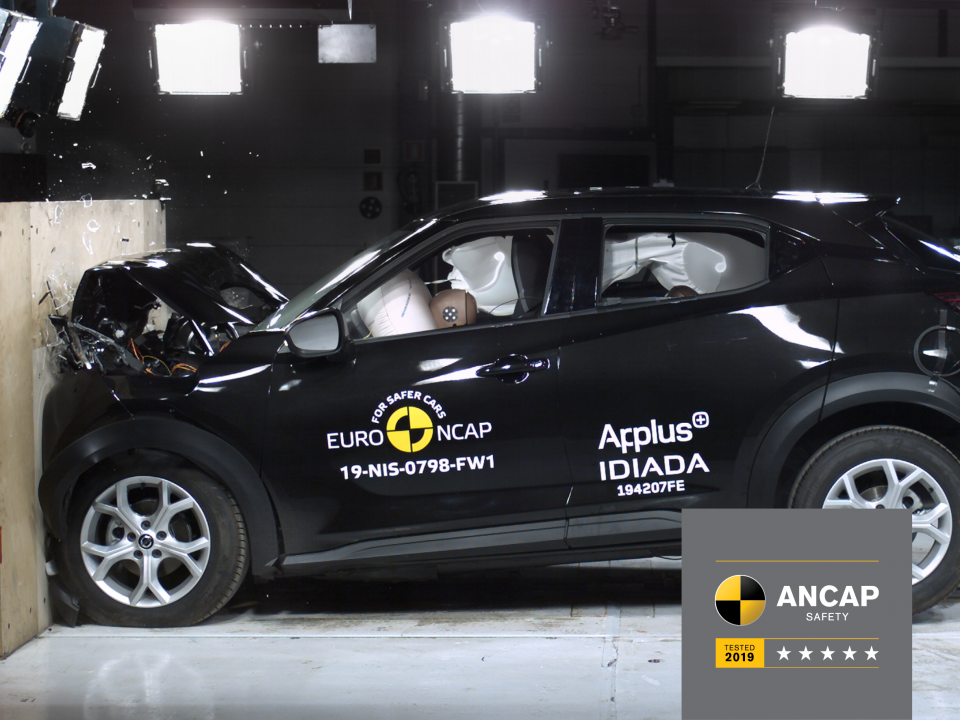
The new Juke is due to arrive in local showrooms around the middle of year.
It evolves the styling for the first-generation model into a less controversial format, and uses the more modern CMF platform shared with alliance partner Renault.
In Europe the Juke’s sole engine option, at present, is a 1.0-litre turbocharged three-cylinder petrol engine with 86kW and 200Nm connected to the front wheels via either six-speed manual or seven-speed dual-clutch automated transmission.
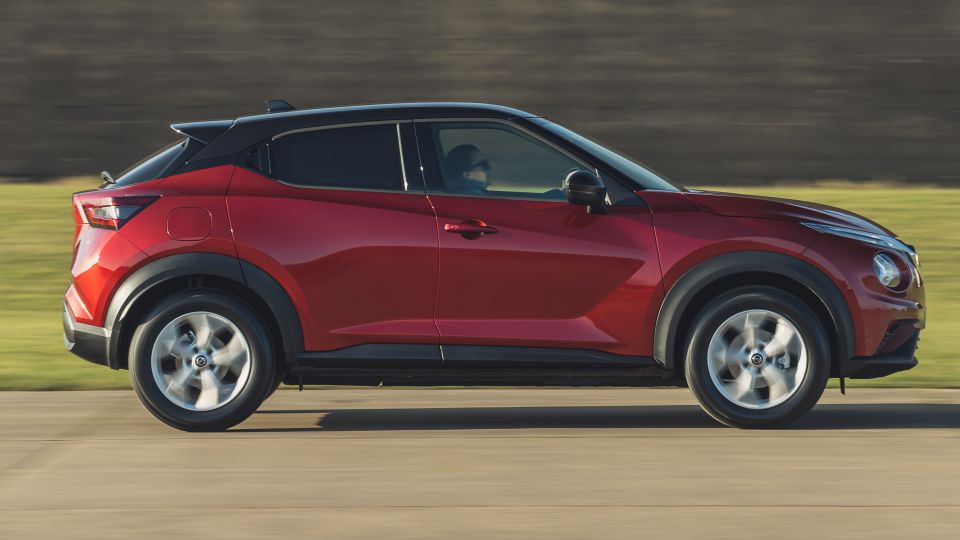
According to the ANCAP technical report, the new Juke will be available in four trim levels: ST, ST+, ST-L, and Ti.
Available safety features include autonomous emergency braking, dusk-sensing headlights, automatic high beams, blind-spot monitoring, driver fatigue detection, lane-keeping assist, street sign recognition, and a reversing camera.
Wondering how ANCAP works, and why not all five-star scores are created equal? Check out our explainer.
Where expert car reviews meet expert car buying – CarExpert gives you trusted advice, personalised service and real savings on your next new car.
Derek Fung would love to tell you about his multiple degrees, but he's too busy writing up some news right now. In his spare time Derek loves chasing automotive rabbits down the hole. Based in New York, New York, Derek loves to travel and is very much a window not an aisle person.


Max Davies
1 Day Ago
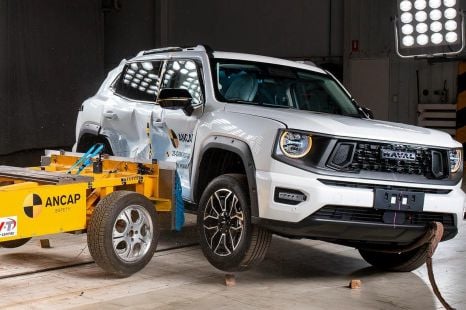

James Wong
3 Days Ago


CarExpert.com.au
11 Days Ago
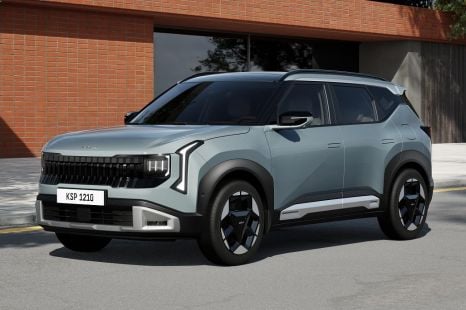

Max Davies
12 Days Ago


William Stopford
13 Days Ago


CarExpert.com.au
17 Days Ago